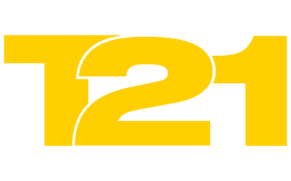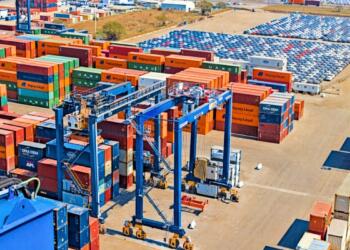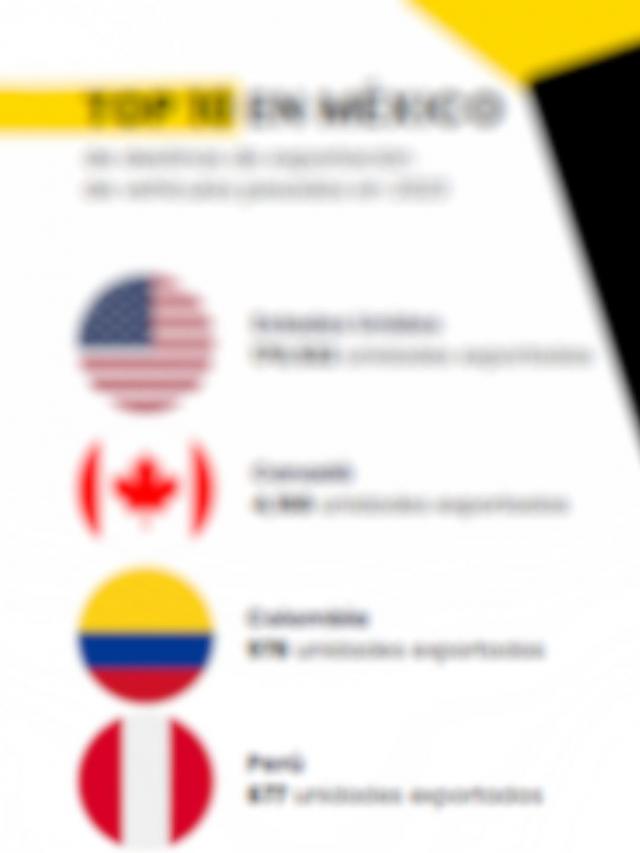
In a context of global supply chain transformation, Mexico has found import substitution and nearshoring (relocation of production lines) to be a key strategy for strengthening its industry, reducing dependence on foreign inputs, and leveraging its strategic geographic location.
During the conference Foreign Trade and the Importance of Import Substitution of the Logistics and Customs Committee of the Mexican Business Council of Foreign Trade, Investment and Technology (Comce) , Eduardo Castorena Román, partner in Foreign Trade and Customs at Deloitte , explained how this model seeks to boost national production through nearshoring and attract new investments to the country.
“The goal is clear: to create a more competitive environment for manufacturing in Mexico, encourage investment in strategic sectors, and take advantage of the incentives offered by the trade agreement with the United States and Canada ( USMCA ),” Castorena said.
Import substitution is not a new concept in Mexico, as the country implemented a similar policy to boost its industrialization in the mid-20th century, based on high tariffs and import restrictions.
However, the current model is different because it is not based on protectionism, but rather on incentives to attract investment and promote local production of strategic inputs.
“Previously, tariff barriers were used to force companies to consume domestic inputs. Today, the approach is different; it’s about creating conditions that make local production more attractive. We’re not closing markets, but rather integrating more efficiently into global supply chains,” the specialist explained.
One of the main drivers of this strategy is nearshoring , that is, the relocation of suppliers to regions closer to the end market.
Castorena noted that this trend has accelerated due to trade conflicts between the United States and China , as well as supply chain issues caused by the pandemic.
“This will strengthen bilateral relations with the United States and allow for the development of more efficient production chains. It will also boost productivity, investment in research and development, and increase exports by up to $50 billion. It is also estimated to generate more than 1.1 million jobs and boost wages and manufacturing output,” he stated.
Castorena explained that this process is not based solely on imposing tariffs on foreign products, but on encouraging investment in the country through programs such as IMMEX , which facilitates the temporary importation of inputs without paying taxes, and VAT certification , which allows for the refund of this tax to exporting companies.
Mexico, he noted, is one of the most competitive countries in Latin America for this type of investment, thanks to its trade agreements, infrastructure, and proximity to the United States.
Among the main benefits of this scheme are the reduction of production costs , greater control over the economy and quality of products , development of production and marketing closer to customers , optimization of logistics and reduction of delivery times ; as well as tax and commercial incentives.
Despite its advantages, the import substitution model faces several challenges, including the need to develop specialized suppliers in Mexico and comply with the USMCA ‘s rules of origin .
“If a company imports most of its inputs from another country, its products will not qualify as originating under the trade agreement and could face tariffs of 25%. The challenge is to ensure that manufacturing and strategic suppliers establish themselves in Mexico, allowing the entire value chain to be integrated in the country,” Castorena explained.
Another important challenge is the specialization of domestic suppliers. Sectors like semiconductors require highly advanced technology, and developing suppliers in Mexico can take years.
“Specialization is key. If an automotive company comes to Mexico and needs specific inputs, but they aren’t available in the country, it will have to continue importing them. The ideal is to attract both end manufacturers and their suppliers, so that the entire production chain is integrated in Mexico,” he explained.
He also mentioned that regulatory barriers can be an obstacle for some companies seeking to establish themselves in the country, but emphasized that the government is making efforts to simplify procedures and improve the business environment.
Tensions in the trade relationship and its economic impact
Additional tariffs imposed by the United States on products from countries such as China, the European Union, and some BRICS members have affected various industries.
Castorena noted that these types of measures, along with the migration crisis and the fight against drug cartels, are used as justification for imposing trade sanctions , although their impact on job creation and the economy has not been clear.
“The implementation of these sanctions hasn’t necessarily yielded the expected results in terms of job creation, particularly among the Latino population in the United States. However, what we’re seeing is that relocating companies is being seen as a more viable alternative to avoid these tariff risks, and that’s directly benefiting countries like Mexico,” he explained.
Despite these challenges, experts agree that Mexico has strategic advantages that position it as a key destination for business relocation.
“The United States wants to reduce its dependence on China, and Mexico is the natural partner for this. The challenge is to seize this opportunity with policies that encourage investment, innovation, and technological development,” Castorena said.
In the coming years, more companies are expected to choose to move their production to Mexico , consolidating the country as a key player in the new configuration of global supply chains.
Comment and follow us on X: @jenna_GH_ / @GrupoT21















